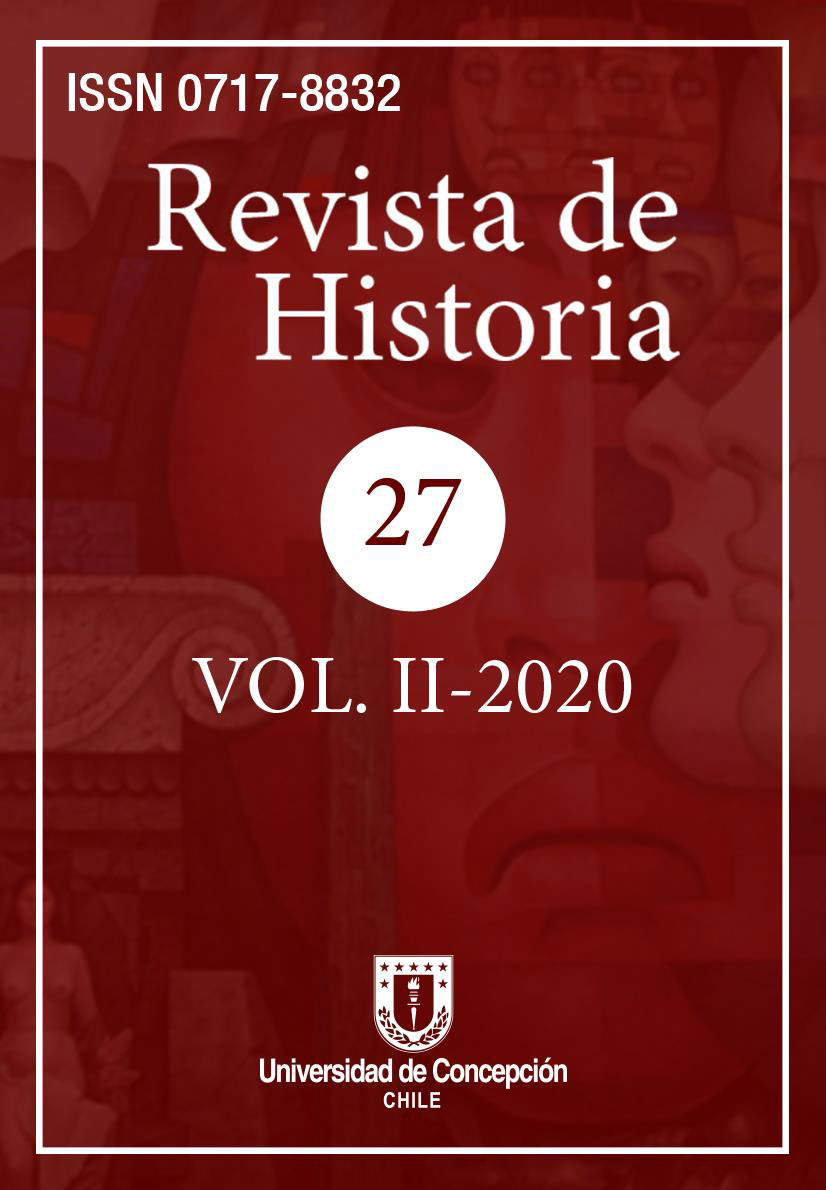The Guggenheim process. Innovations and counterpoints of a technical and transport system in the saltpeter industry in the Department of Tocopilla (Chile, 1926-1949)
Keywords:
nitrate, Guggenheim process, railway, Tocopilla, El TocoAbstract
Through various documentary and hemerographic sources, the evolution of a new technical and procedural system that meant the reinvention and continuity of the nitrate cycle in the area of ??the El Toco canton is characterized and analyzed: we talk about the Guggenheim process, operating system since 1926. In this article, it is examined and described the technical characteristics and the impacts of the new mining procedure on the pampa (María Elena), on the railway (FCTT) and in the port of Guggenheim (Tocopilla). We want to demonstrate that the new system and the mining cycle that it inaugurates, that in addition to being the successful technological, scientific and logistical result of the linking of two types of mining (that of copper in Chuquicamata and that of saltpeter in El Toco) under the eaves of the Guggenheim Brothers, which, although it extended the nitrate cycle and reduced the productive hegemony of the Tarapacá and Antofagasta area, in addition to increasing the production scale and obtaining a better fertilizer, it could not escape from strong technical lags, technological and operational, particularly in its port system, a situation that constituted the existence of two technological times within the territorial framework that was articulated between the pampas and the coast.
Downloads
Published
How to Cite
Issue
Section
Copyright (c) 2020 Universidad de Concepción

This work is licensed under a Creative Commons Attribution 4.0 International License.






